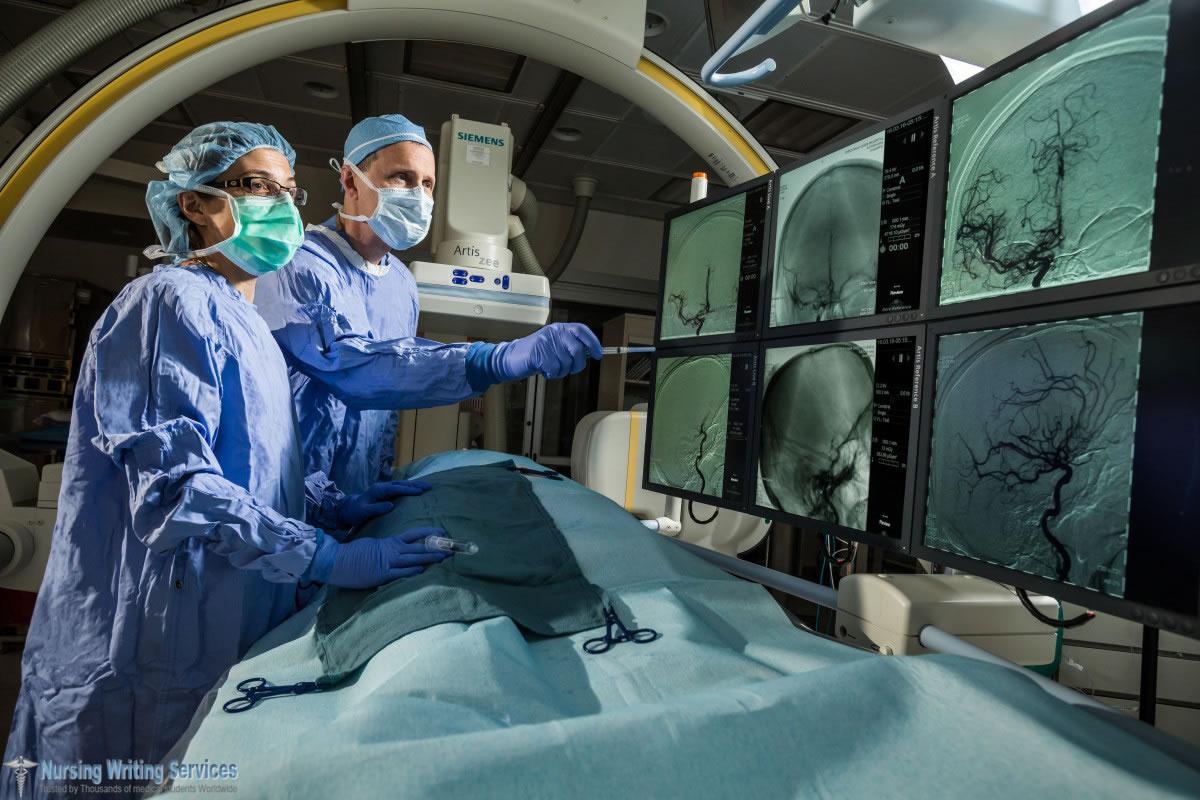
Health promotion for primary stroke prevention
A stroke is a brain attack that cuts off blood flow to a particular area of the brain. It deprives the brain cells of receiving oxygen, and they start dying. The death of brain cells deprives the section it affects the ability to control essential functions such as muscle control or memory.
A minor stroke causes manageable problems such as temporary weakness in limbs, but more massive strokes might paralyze one side of the body or loss of speaking ability. Two-thirds of stroke survivors do not entirely recover from strokes.
Hernias: Health promotion is the use of means that enable the people to increase their control over their health. Health promotion for stroke prevention should be an initiative by healthcare teams to inform the people of interventions that help to protect the quality of health and life as well as preventing the cause. Health promotion by healthcare workers is an effective method of controlling strokes. They can reduce the risk of getting a stroke by informing people to try these lifestyle habits
1. Lower and maintain a low blood pressure
High blood pressure is one of the most significant factors in a hemorrhagic stroke that occurs when a blood vessel in the brain ruptures or breaks causing blood to seep into the brain tissue and damage the brain cells. It can double and quadruplet risk of stroke if there is no effort to control. The ideal blood pressure is less than 135/85, but 140/90 is still an appropriate level for those with an aggressive goal. Monitoring blood pressure especially when among those with elevated levels and treating the condition makes a big difference in vascular health.
2. Quit smoking
Clots in the brain block blood flow to the cells causing an Ischemic stroke. Smoking accelerates clot formation by thickening the blood and increasing build-up of plaque in the arteries. If you stop smoking for five years, you will reduce the higher risk of a stroke to be at the same level as non-smokers. It will significantly lower chances of stroke by combining it with a healthy diet and regular exercises.
ALSO READ:TOP NURSING WRITING SERVICE
3. Stop drinking alcohol or do it in moderation
Taking too many alcoholic drinks that exceed two a day will sharply increase the risk of stroke. Those who drink alcohol should moderate their intake to one glass. Red wine is the best choice as it contains resveratrol that protects the brain and heart. Health promotion crusaders should inform alcohol drinkers that the right portions are a 1.5-ounce glass of hard liquor, 5-ounce glass for wine drinkers and 12-ounce beers.
4. Taking the appropriate diet
Revamping diet improves nutrition and addresses various risk factors including excess weight. The first step should be replacing high-fat foods with lean and low-fat versions. Eating whole grain, vegetables and fruits instead of refined high-sugar foods also reduce the risk of stroke. These changes in diet provide cardio-protective antioxidants and boost fiber in the menu. Some types of fiber also help to lower cholesterol levels. 5.Weight loss Obesity together with linking complications including diabetes and high blood pressure raises the odds of getting a stroke. The overweight can significantly reduce stroke by losing even 10 pounds. The ideal BMI of 25 might not be realistic for everyone, but a physiotherapist or a personal doctor can help to create a custom weight loss strategy. Weight loss is efficient when the implementation goes together with controlling the size of food portions. Depending on current BMI and activity level, eating 1,500 to 1,200 calories is enough a day.
6. Treatment of atrial fibrillation
Atrial fibrillation is a type of irregular heartbeat leading to the formation of clots in the heart. These clots can move to the brain and cause a stroke. People with symptoms such as shortness of breath or heart palpitations should visit a doctor for examination. Blood thinners (an anticoagulant drug) or direct acting anticoagulant drugs help to reduce the risk of stroke from atrial fibrillation through the guidance of a physician. Exercise together with measures helps to reduce stroke by lowering blood pressure and weight loss.

